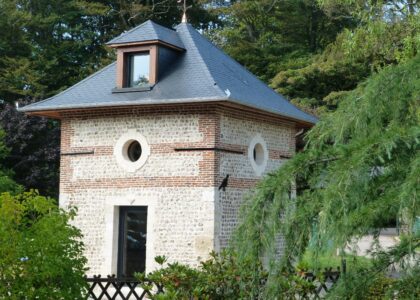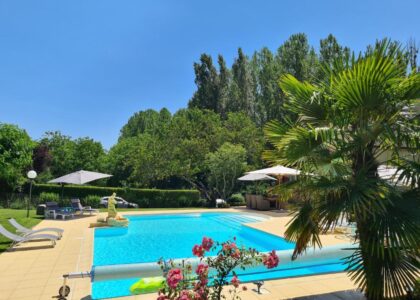Welcome to the Klamath River Overlook, a significant landmark nestled within the breathtaking Redwood National and State Parks. This spot offers a panoramic view where the mighty Klamath River meets the vast expanse of the Pacific Ocean—a meeting of waters that has seen countless historical moments and natural phenomena.
The Klamath River itself has been a vital lifeline for the indigenous Yurok, Karuk, and Hoopa peoples for thousands of years. These communities have relied on the river’s rich resources for sustenance, transportation, and cultural practices. The river’s mouth, visible from the overlook, was often a bustling site for fishing and trade.
In the early 20th century, the area surrounding the Klamath River Overlook began to see increased attention as the conservation movement gained momentum. With the establishment of the Redwood National Park in 1968, the surrounding region was protected to preserve its ancient redwood forests, some of the tallest trees on Earth. This action was spurred by the efforts of conservationists who were deeply concerned about the rapid deforestation affecting these majestic giants.
The Klamath River Overlook is also a prime location for wildlife observation. During the spring and fall, whale watchers gather here, hoping to catch glimpses of migrating gray whales. The overlook provides a natural vantage point to witness the diverse marine life that thrives along this rugged coastline.
Throughout history, the Klamath River Overlook has evolved from a vital indigenous site to a modern-day tourist attraction, embodying both the natural beauty and historical depth of the region. As you stand here, imagine the generations who have looked out over these waters, each seeing something unique in the confluence of river and sea.
Notable visitors to the region include botanists, photographers, and naturalists, all drawn by the unique ecosystems and the stunning landscapes that define the area. The overlook continues to be a symbol of natural wonder and environmental stewardship, reminding us of the deep connections between land, water, and the communities that depend on them.




